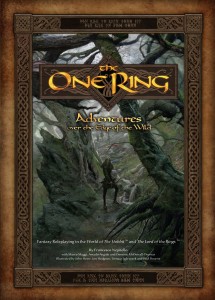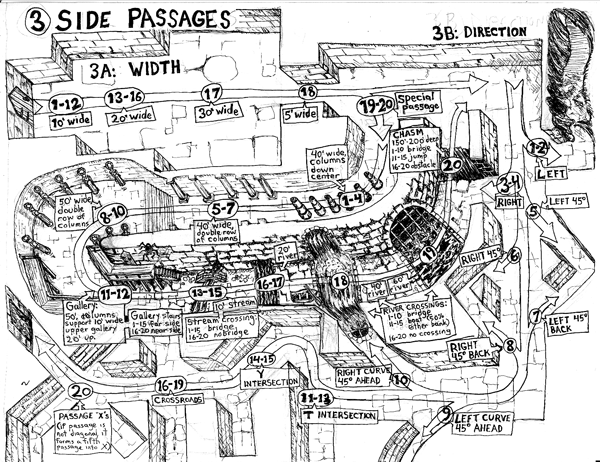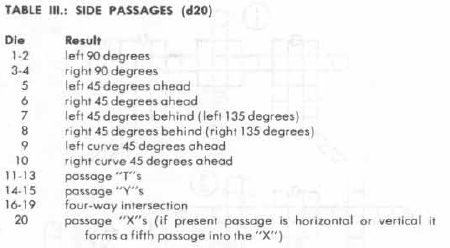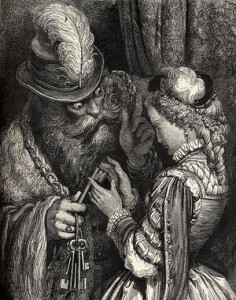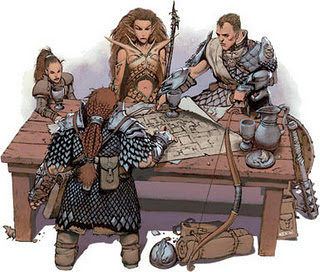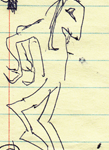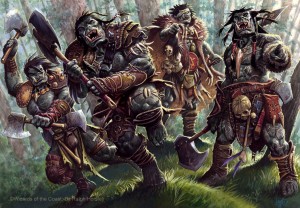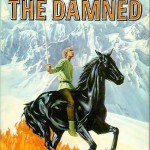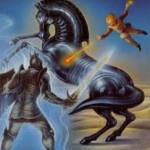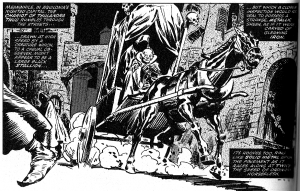I’ve been running The One Ring with my weekly gaming group lately. It is a fun new roleplaying game set in Middle Earth. Like basically every RPG that uses a more organic skill and ability advancement system (rather than a leveling system), it doesn’t provide guidelines for setting appropriate challenges for fights and encounters. Rather, the GM is left to craft encounters as appropriate to the story rather than trying to make each fight level appropriate.
In some ways this is liberating. For example, in my latest adventure, my foe was an Orc Chieftain with a small army of 50 Orcs at his command, with plans to expand his numbers through alliances and browbeating other Orc tribes. It felt right that an up and coming Orc leader would have a pretty sizable force. I figured he had a good number of his forces out doing things: attacking travelers, staging raids on settlements, and proposing alliances with other orc tribes. Of course, he would still keep 15-20 Orcs behind to protect his camp, work a mine right next to the camp, and respond to any additional threats.
So that’s what the PCs had to deal with. During their travels to the camp, they encountered one of the small group of Orcs sent out to harass travelers and easily dealt with them. When they arrived at the camp, they devised a plan to distract the main group of Orcs so they could attack the Orcs working in the mines. Then they collapsed the entrance of the mine so the other Orcs couldn’t get to them right away.

